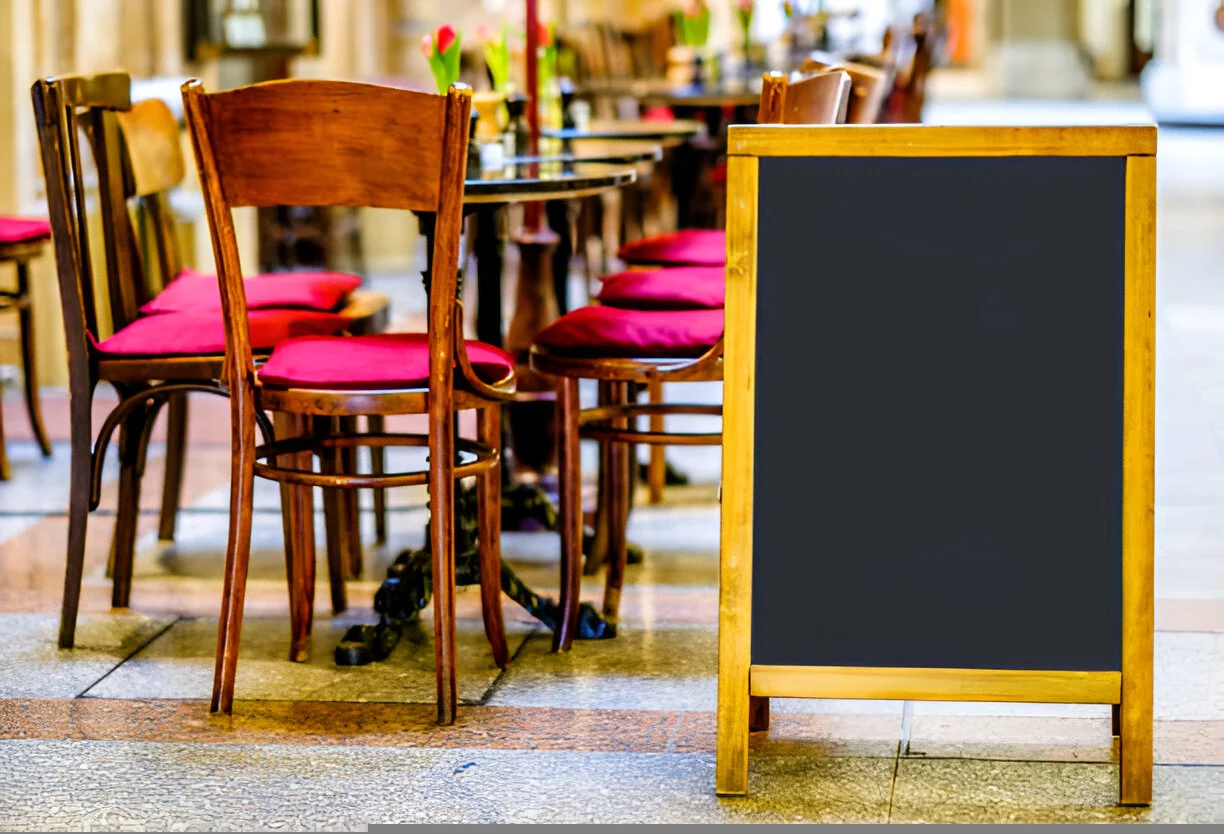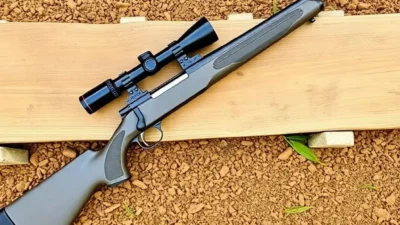From the cuisine to the service to the ambiance, every aspect of the dining experience is important when you enter a restaurant. But a lot of restaurant operators miss out on something important that can make a big difference: using precise branding materials. Signage, furniture engravings, and menu board typography can provide the wrong impression. It’s simple to understand how a minor error could lead patrons to doubt a restaurant’s expertise. Customers who experience problems are more likely to write bad reviews or not come back, according to studies. For this reason, in the restaurant industry, accuracy should always be the first concern.
The goal is to create an atmosphere that displays quality and attention to detail, not just the food or décor. You may make sure that clients aren’t distracted from the experience you wish to provide by keeping your menu boards, booths, tables, and chairs free of errors. This post will explain how to avoid typos and the importance of keeping your branding materials perfect.
The Impact of Typos on Restaurant Materials
Mistakes on restaurant materials, such as restaurant chairs, may appear small, yet they can have a significant impact. When visitors see mistakes on menu boards or furniture carvings, they may question the restaurant’s overall quality. A single inaccuracy can make your establishment appear amateurish and devalue the eating experience. According to research, many customers link mistakes with poor service or low-quality food, leading them to not return or leave a negative review.
Typos not only undermine your trustworthiness, but they can also lead to misinterpretation. If a menu item is misspelled, clients may not comprehend what is being provided or, worse, order something they do not want. Poorly written signage or menu boards may confuse your guests, affecting the flow of your business and customer satisfaction. This can hurt repeat business and undermine customer loyalty.
Steps to Prevent Typos on Menu Boards and Engraved Restaurant Furniture
Preventing errors necessitates close attention and frequent inspections throughout the process. Proofreading strategies are the first step towards assuring accuracy. Before finalizing any menu board or engraving design, make sure the information is free of spelling and grammatical errors. Having someone else evaluate it can also help you spot errors you may have missed.
Many restaurants also use professional services to design menu boards and furniture engravings. Hiring professional designers or engravers guarantees that they have the necessary expertise and instruments to avoid blunders. With years of experience, these pros understand how to handle typefaces, layouts, and text, guaranteeing that everything is right.
It is also critical to work with personnel throughout the creation process. Getting feedback from managers and staff ensures that nothing is forgotten and that the branding materials accurately represent the restaurant’s message.
Technology aid can also be really useful. To check for errors, use spell-checking software. Digital technologies can detect problems that manual inspections may miss, particularly when changing menu items or producing signs.
Best Practices for Menu Board and Furniture Engraving Design
Designing clear, professional materials is essential in avoiding typos. Keeping text clear and simple will reduce the chances of making a mistake. Avoid using overly complicated language or fonts that are hard to read. Simple, legible text ensures that customers can easily understand what’s being offered.
Standardizing fonts, sizes, and layouts across all materials provides consistency and makes the brand appear more polished. Using consistent elements throughout your signage, menu boards, and engravings will help avoid errors and create a cohesive brand identity.
Using high-quality templates and software ensures precision during the design phase. With modern tools, you can produce professional-grade materials that reduce the chances of mistakes. High-quality templates are especially helpful for creating menus and signage that remain consistent over time.
Equally important is ensuring legibility by paying attention to the spacing and alignment of text. If text is crammed into a small space or poorly aligned, it can make the message unclear and harder to read, leading to confusion.
How to Correct Typos After They Happen
Despite all precautions, mistakes can still happen. When a typo is discovered, it’s important to act quickly. Immediate steps should be taken to address the error, especially if it affects customer-facing materials like menus or signage. Options for quick fixes include using vinyl overlays or stickers to cover the mistake, especially in the case of menu boards. For engraved furniture, minor errors can often be corrected with touch-ups or re-engraving if possible.
If you find a typo, make sure to communicate with customers and let them know about the error, especially if it affects their dining experience. Apologizing and correcting the issue shows customers that you care about the details, enhancing their overall experience. It’s also important to document the error so you can prevent similar mistakes from occurring in the future. Adding a step to your proofreading and approval process will help catch mistakes early on.
Ensuring Long-Term Accuracy with Regular Checks
After fixing any obvious mistakes, you should establish a long-term accuracy system. Regular audits of your printed materials, furniture, and menu boards are an excellent approach to find any possible errors before they become public knowledge.
Scheduled inspections help to preserve accuracy consistently. This approach guarantees that every item is current and typo-free.
Equally crucial is keeping track of completed designs so you may use them as a reference for future materials. A record of authorized designs helps to keep consistency all around the restaurant.
At last, make sure your team participates in feedback cycles. Motivate staff members to notify any possible problems or mistakes they see on the furniture, signs, or menu. Hearing your team’s comments can help to ensure that mistakes don’t go unnoticed and support ongoing development.
Final Words: Accuracy is Key to Customer Trust
Maintaining correctness in all of your restaurant documents is more than just preventing errors; it’s also about providing a nice and consistent client experience. Typos on menu boards or engraved furniture can leave a long-lasting poor impression, therefore, it’s critical to take preventative precautions.
You can avoid errors and retain your brand’s professionalism by taking the methods suggested in this article, such as proofreading, working with professionals, and employing technology tools. Regular checks and an emphasis on long-term accuracy will keep your restaurant appearing sharp, ensuring that consumers trust and return to your establishment.
Customers notice the details, and a dedication to precision establishes a solid reputation. When your menu boards, furniture, and signage are correct, it conveys the impression that you care about every part of the dining experience, resulting in long-term loyalty and positive word-of-mouth.

Lexy Summer is a talented writer with a deep passion for the art of language and storytelling. With a background in editing and content creation, Lexy has honed her skills in crafting clear, engaging, and grammatically flawless writing.



